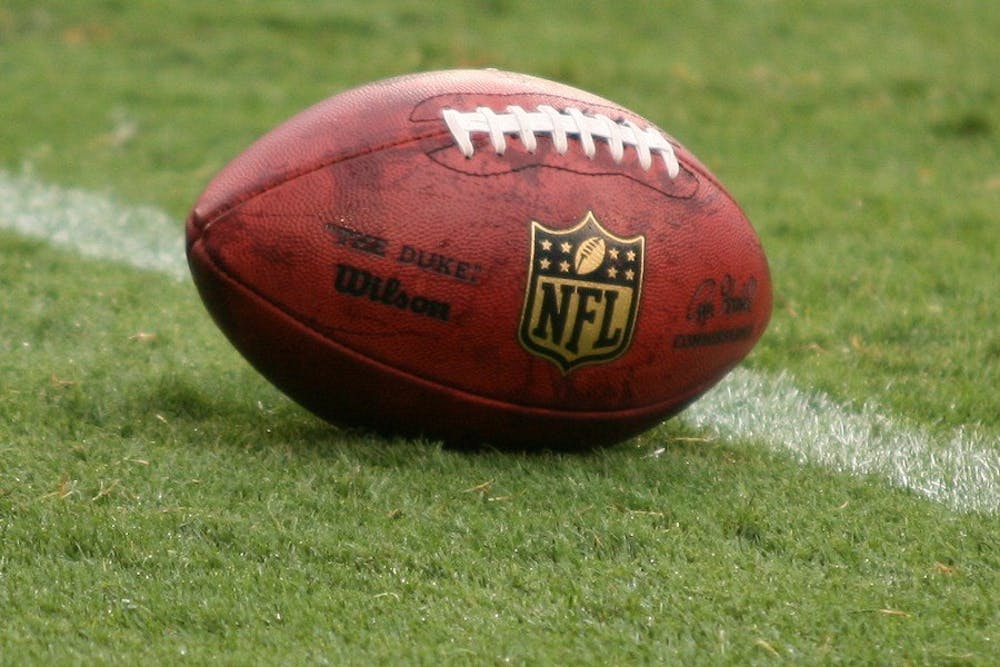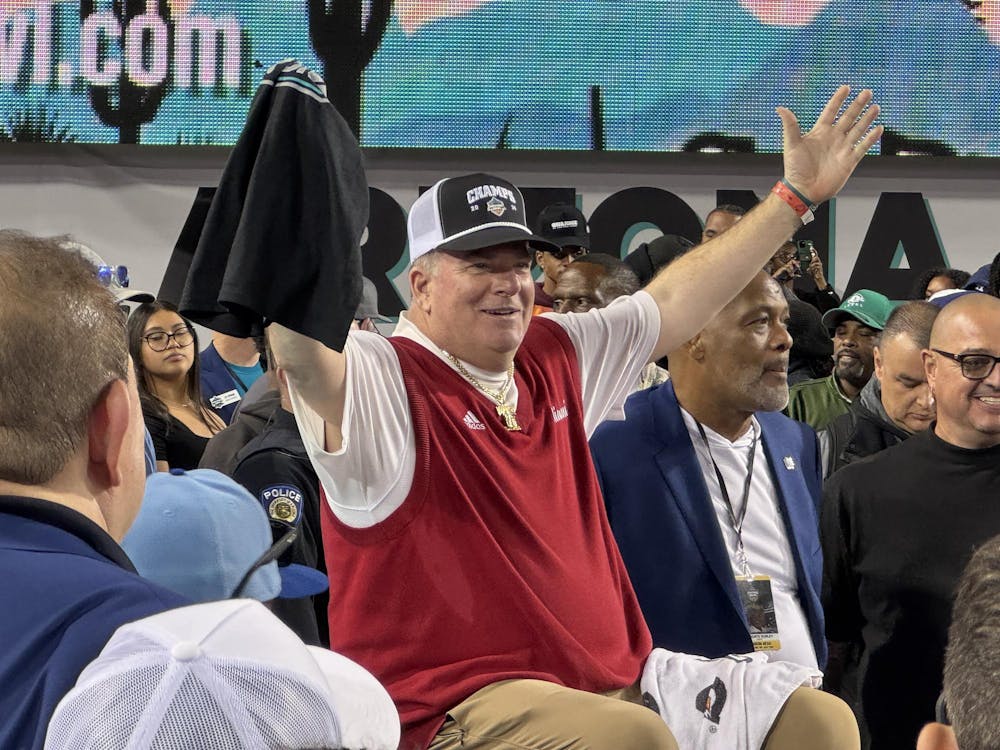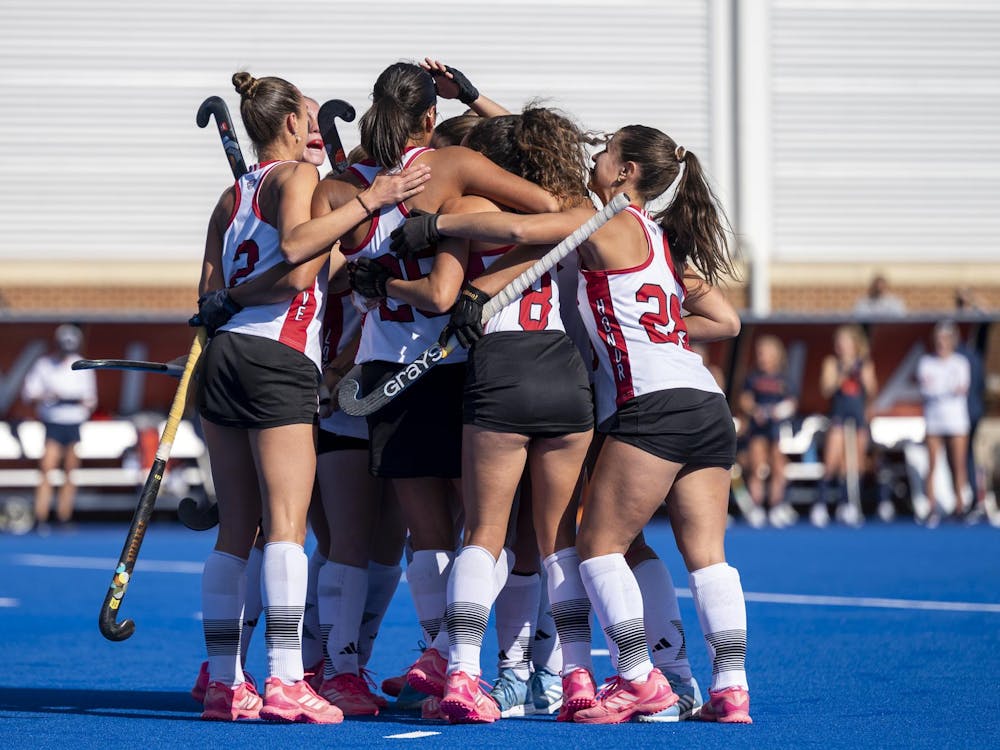By Julia Rivera, Columnist
This week the NFL will review a rule change to eject a player from a game after his second unsportsmanlike conduct penalty in the same game. This proposal comes after the series of scuffles between New York Giants wide receiver Odell Beckham Jr. and South Carolina Panthers cornerback Josh Norman in a contest on Dec. 20 last season.
Though the proposal works in theory, putting it into effect during games poses a challenge the NFL must recognize. The new rule would work like the yellow card-red card rule in soccer, in which a player is ejected after two strikes. The types of fouls that apply to the rule are throwing a punch or kicking (even if no contact is made), using abusive or threatening language or gestures and baiting or taunting acts.
Yes, the Beckham-Norman battle was disruptive and overly dramatic. But, is the rule change an effective way to counter those kinds of behaviors? Probably not.
Often, unsportsmanlike conduct penalties occur after the play or behind the play, and the players are baited into committing the penalty. The instigator goes unnoticed and only the retaliatory behavior is seen, so there's a real chance that the penalty will be an error. It could severely affect only one team and potentially punish the wrong one.
The outcome of a game is drastically changed if a star like Beckham is ejected from a game after being baited by an opponent. Say the Giants are on the brink of making the playoffs. If they lose Beckham, they lose the game and their playoff hopes.
"The last things we want to do is put the player out of the game," former NFL referee Jim Daopoulos said. "That's a competitive disadvantage."
Well, yes, it is. But, that means watching the field puts even more pressure on officials to make the right calls.
The rule encourages more baiting from players who know their provoking of an opposing star like Beckham or Norman might get that star tossed. And why wouldn't a player try to get the opposite team's playmaker player ejected from a game?
Another issue with the change is the loose terminology of the rule's definition. It's up to the officials to decide if an action is worthy of being recognized as baiting or threatening and whether it crosses the line.
This poses a problem because not every referee will have the exact same definition of the rule. Dean Blandino, the league's vice president of officiating, used the phrase "engender ill will" to describe the definition of ejection-worthy taunting. The issue with that phrase is that there is always ill will in football - it's professional football, after all. Taunting, talking smack and doing anything you can to be intimidating are all part of the game.
"It's kind of a slippery slope," Daopoulos said, "and a lot of onus on officials."
Enjoy what you're reading?
Signup for our newsletter
The league's intentions, as always, are good. But on Monday mornings, people should be talking about the good plays from the night before, not the players' bad behavior. It's always entertaining to see a little scuffle or two. Though the Beckham-Norman incident was over-the-top, scuffles in games, more often than not, do not overshadow the game itself.
The league may be jumping to fix something that doesn't need fixing, as the new rule will most likely start more arguments than it stops.




